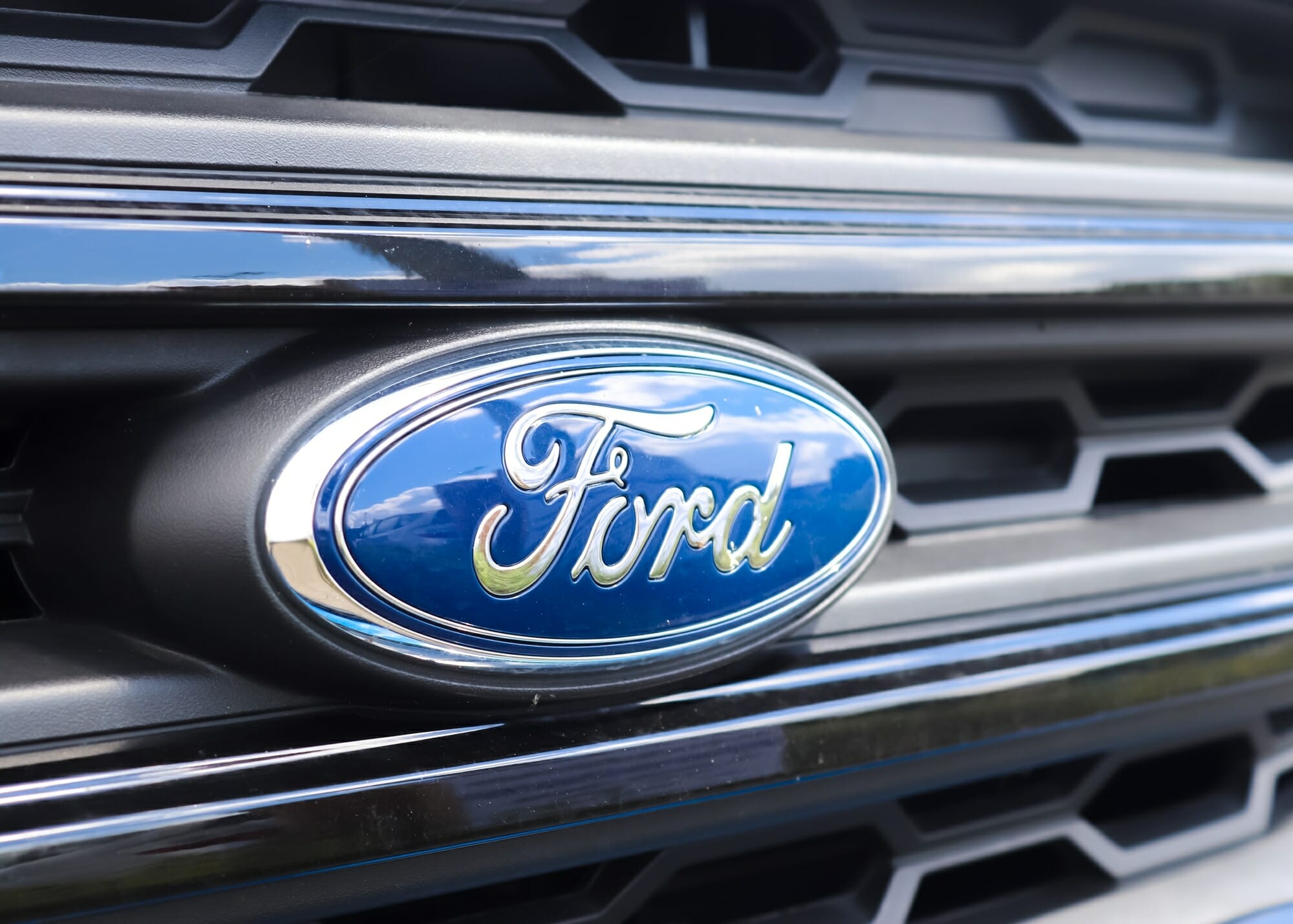An important thing to think about when it comes to collector vehicles is the availability of parts. This isn’t an issue with the limited-edition Ford Lightning engine. The truck and its engine were unique for their designs, but that doesn’t mean you’ll ever suffer for lack of parts.
What are the specs of the Ford Lightning engine?
The Ford SVT Lightning engine was a 351 cubic inch (5.4 liter) V8 “Triton” engine, with a 4.0-inch bore and 3.5-inch stroke. The very first Ford lightning engine clocked in at 240 horsepower in 1993, and by the end of the truck’s run in 2004, Ford had tweaked that up to a robust 380 horsepower.
The first generation of the Ford Lightning engine (1993 to 1995) didn’t exactly light a fire under anyone with just 240 horsepower. Ford went back to the drawing board for several years after that and released the second generation in 1999.
For the purposes of this article, we’ll mainly be looking at the second generation of the Ford Lightning engine, which ran until 2004. Ford’s Special Vehicle Team (SVT) had a field day playing with this limited-edition F-150 and its engine. Let’s explore how they did it.
History of the Ford Lightning Engine

There was nothing unusual about Ford’s 5.4-liter V8 Triton engine when it was first slapped into a Lightning. It was the exact same engine that’s appeared in millions of F-150, E-Series, Expedition and other Ford vehicles. It’s a well-designed, naturally aspirated engine.
But at 240 horsepower, it didn’t feel anything like a muscle truck engine should. It went from 0 to 60 in the mid-7-second range. It wasn’t a bad engine; it just wasn’t the right engine for a muscle truck. It was wimpy compared to all the other muscle truck engines from Ford’s competitors.
Ford took the Lightning off the market in 1995 for several years and threw down the gauntlet for the SVT. The engineers were given one mission if the Lightning was going to see the light of day again: Blow the doors off of every competitor muscle truck.
Naturally, this was like giving a 10-year-old boy an unlimited budget to build his own pirate ship: Challenge accepted!
The result in 1999 was a 5.4-liter Triton V8 with a supercharger. Adding induction to an engine that was already naturally aspirated was the right combination. The 1999 version of the Lightning engine cranked out 360 horsepower at 440 foot-pounds of torque.
Additional tweaks boosted the engine to 380 horsepower in 2001. Suddenly, the SVT Lightning could tear up the road from 0 to 60 in 5.2 seconds. Now that’s a muscle truck.
Which Models Have the Same Ford Lightning Engine?
The supercharged 5.4-liter V8 Triton engine was unique to the Ford F-150 SVT Lightning trim. Other than the supercharging, the engine was extremely common for almost two decades’ worth of Ford vehicles.
The 5.4-liter V8 was used in the Ford Falcon, GT, F-150, and Mustang models until around 2010. The Ford Expedition and the Lincoln Navigator used the same engine until 2014. The Ford E-Series was still using the same V8 as recently as 2017.
The engine has been phased out since then, being mostly replaced by the newer Ford EcoBoost engine.
People Also Ask
How many Ford SVT Lightning trucks were made?
During its first generation from 1993 to ’95, Ford manufactured 11,563 Lightning vehicles. During the second generation of the truck from 1999 to 2003, it produced only 28,124 vehicles. Given those relatively low numbers, the modern Ford Lightning definitely qualifies as a collector’s vehicle.
How fast can a Ford Lightning go?
After the 2001 upgrades to the supercharged engine, a Ford SVT Lightning was able to reach speeds of up to 147 miles per hour. For the brief two-year period that followed, the SVT Lightning was considered the fastest truck in the world for its body size.
Why did Ford stop making the Lightning?
The Ford F-150 platform became much heavier when it was redesigned in 2004. The engineers estimated they would need a minimum 500-horsepower engine to achieve comparable performance in a third-generation Lightning. Unfortunately, Ford didn’t have any engine capable of that at the time.
Will Ford ever make another SVT Lightning?
That’s unlikely. Ford did show off a concept version of the Lightning at the 2003 Detroit Auto Show, but that appears to have been the very last one of its kind. Since the Lightning went away, the SVT has focused its performance upgrades on the off-roading sector.
That plan appears to have paid off. US News & World Report named the Ford Raptor the #1 off-roading truck of the year in 2020.
What supercharger did the Ford Lightning engine use?
You might recognize Magnum Powers as king of the supercharger hill today, but the company was brand new back in the mid-1990s. When Ford’s engineers tucked a Magnum Powers supercharger into the Lightning in 1999, the results were immediate and obvious. And for added fun: It was LOUD!
What colors did the Ford Lightning come in?
The first-generation SVT lightning in just two colors: Red or Black. The second generation spiced things up with Bright Red, Black or White in 1999. Ford added Silver in 2000 and a very dark blue, called True Blue, in 2001. During its last year of production, there was a lighter Sonic Blue added to the mix.